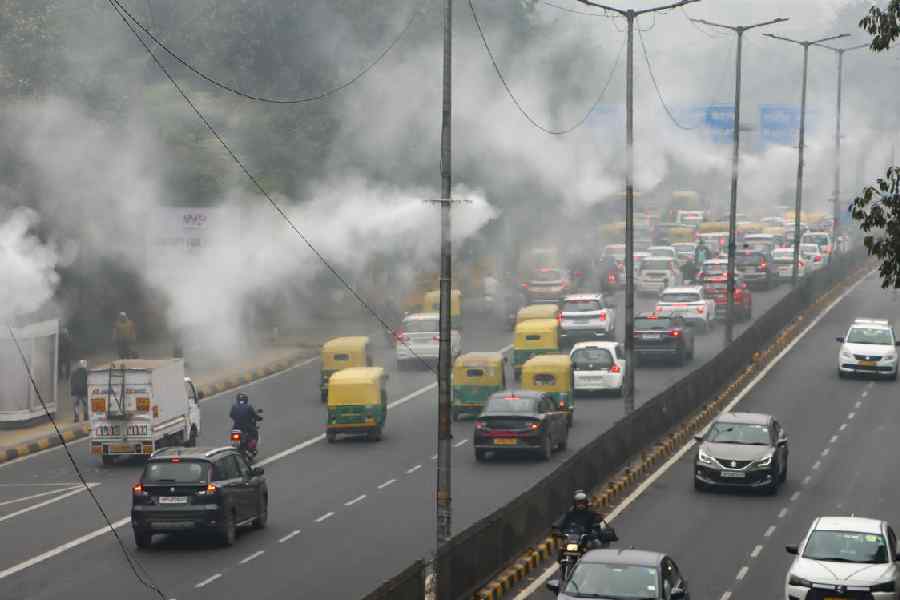 |
The air in Patna has become a tad healthier.
According to the 2013-14 report of Bihar State Pollution Control Board (BSPCB), the annual levels of all four major pollutants have reduced considerably during 2013-14 as compared to 2012-13 and the previous years.
The pollutants include sulphur dioxide (SO2), nitrogen dioxide (NO2) and suspended particulate matter less than 10 micron and 2.5 micron — PM10 and PM2.5 — (See chart)
This, however, doesn’t mean all is well on the pollution front as the level of PM10 — the fine particulate matter that invades the lungs and triggers respiratory diseases and cancer — are more than double the respective standards.
The World Health Organization (WHO), through its 2014 version of the ambient air pollution database released on May 7, declared Patna the second-most air-polluted city in the country, only after Delhi.
The WHO in October last year classified outdoor air pollution as carcinogenic (cancer-causing agents) to humans.
This means that despite the fall in the level of pollutants as per the latest report of the pollution control board, Patna residents are still open to the risk of getting cancer as the level of pollutants like PM10 are more than double the respective standards.
Subhash Chandra Singh, the chairman of BSPCB, admitted that though the level of air-pollutants in the city has reduced in the last year, there is still a lot to be done.
“We are glad that the level of all four major air-pollutants has reduced considerably during the last year but we are worried about the high level of particulate matters in the air. We are taking steps to contain the situation by coordinating with the state government and other stakeholders, including non-government organisations and residents. We would organise seminars to make citizens aware of steps to reduce air-pollution. We are also planning to install one continuous automatic ambient air quality station in Bhagalpur and another in Patna,” he said.
Scientists with the pollution control board attributed the drop in the level of air pollutants to improved road conditions and better enforcement of pollution control-related norms.
“Apart from the board’s efforts towards the implementation of action plan for pollution control in Patna, improved road conditions, efforts of district transport machinery for the effective implementation of pollution control certificate and public awareness can be the reason behind the fall in the level of pollutants,” said a senior scientist with the board.
Residents, however, are in no mood to believe such claims of the pollution control board. “I don’t have any scientific data because I have not seen the report of the pollution control board, I don’t think air pollution has reduced in Patna. I don’t think that sale of vehicles has reduced or old vehicles have been phased out. The pollution checks on the vehicles has also not increased nor do I see any significant imitative by the pollution control board to curb pollution,” said Ashok Ghosh, professor-in-charge of department of environment and water management at AN College.











